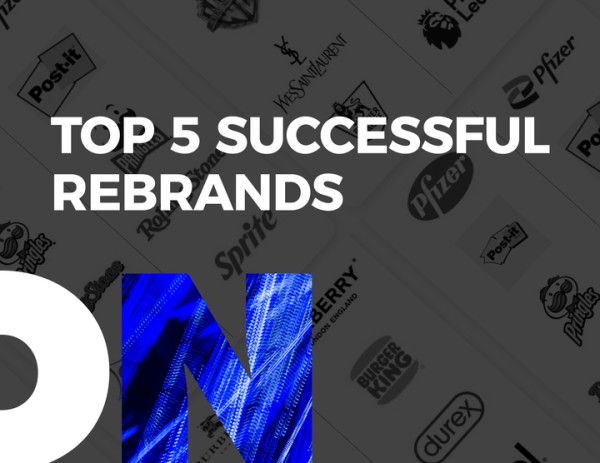
Over time, even the most beloved, well-designed, and well-known logos become outdated and lose their relevance. If you are planning a logo redesign or just want to see how funny some
original brand logos looked, today's BrandOn blog presents famous examples of brand logo evolution.
1. Shell
The era of literal logos is long gone, when a company named Shell could simply use an ambiguous illustration of a seashell, and that would be enough to satisfy consumers. The brand’s
original logo appeared in 1900 as a simple black-and-white shell—not very visible or recognizable. In 1948, Shell introduced its iconic yellow and red color scheme, which had deep meaning
considering the era’s color psychology and the technology available to facilitate colored printing. The choice of yellow and red is interesting—this combination is often used in the food industry (e.g., McDonald's, Denny’s). Warm colors, yellow and red, convey energy and strength, complementing the dynamic use of key shapes. With the introduction of color, Shell’s logo became more minimalist, with smoother edges, fewer details, and a bolder outline. Thanks to brand recognition, they could confidently remove the company name from the logo.
2. Baskin-Robbins
Baskin-Robbins' main advantage over competing ice cream suppliers has always been its flavor variety. Including the number of available flavors in the logo was always a smart move, ensuring ice cream lovers associated Baskin-Robbins with diverse flavors. In 2006, they redesigned their logo into the current version—a visual wordplay combining “31” with the initials “BR.” This builds on their original strategy of linking their brand name with their bestselling variety of flavors and takes it to the next level with a visually memorable design.
3. Levi’s
Unlike other logos on this list, Levi’s retains elements of its original design rather than hiding them. You can still see a simplified version of their first logo embedded in their jeans.
After all, the two horses unable to tear the jeans still demonstrate the product’s quality, just as
they did in 1890. Their current logo is small and simple enough to be printed on a tiny
label. The choice of red—one of the most attention-grabbing colors—also makes it easier to
stand out.
4. Apple
Apple Inc., the company that gave us the MacBook, iPad, iPhone, iPod, and so many other devices, is arguably the world’s most recognized brand—just like its logo. The original emblem from the mid-1970s was rather strange, featuring Isaac Newton sitting under a tree. Although the company has made changes to its logo’s colors and details, the basic shape has remained the same for over 30 years. When you see the Apple Inc. logo, you immediately think of Apple products.
5. Canon
Many people assume that Canon got its name from the English word “cannon,” but in reality, it comes from the Japanese spelling of the Chinese Buddhist deity “Kwannon.” Canon’s predecessor, Precision Optical Instruments Laboratory, released the first “Kwanon” camera in 1934. According to Canon’s website, they chose the name because the goddess “embodies the company's vision of creating the world’s best cameras.” However, the name, along with its religious imagery, did not translate well in American markets, leading the company to quickly revise it and trademark “Canon” in 1935. That’s when we see the origins of their modern wordmark logo with a spelling that felt “right” to native English speakers. Over the last century, the logo format has largely remained the same, but the typography has become more refined. Over the decades, the letters became bolder, the serifs more pronounced, and an eye-catching red was added—often used in wordmark logos to make them visually engaging without additional imagery.
6. Starbucks
If you thought mermaids were supposed to be symbols of beauty, you probably never saw Starbucks’ original 1970s logo. The 1987 redesign, which introduced their signature green, was a significant improvement over the original. By 2011, Starbucks had become a household name, and its distinct green logo was easily recognizable by customers. The company became so well-known that it decided to simplify its logo, removing its brand name and making the entire color scheme monochrome green.
7. Pepsi
Pepsi’s logo evolution is famous among branding specialists, with 12 redesigns over 122 years. From 1898 to 1940, the brand stuck to its wordmark logo, using red for visual impact. In the second half of the 20th century, Pepsi maintained a unique logo that quickly became a brand symbol. Over the years, the most significant changes involved the positioning of the word “Pepsi”—sometimes in the center, sometimes at the bottom, sometimes in black, sometimes in blue.
That’s all for today’s blog! Stay tuned to BrandOn for more updates, and check out our next article on “The Most Expensive Logos in the World.”